1. Australia's merchandise exports in August 2025 decreased compared to the previous month
According to data from the Australian Bureau of Statistics (ABS), Australia's import and export of goods in August 2025 decreased compared to the previous month, of which: goods exports reached 41.8 billion AUD, down 3.55 billion AUD compared to the previous month, equivalent to a decrease of 7.8%; the turnover is still mainly in the group of non -agricultural goods.
Photo: Chart of Australia's merchandise export turnover by month
On the other hand, Australia's goods imports in August 2025 recorded a value of 40 billion AUD, an increase of 1.2 billion AUD (equivalent to +3.2%) compared to July 2025, the increase was mainly due to the import of consumer goods. The trade surplus in August 2025 reached 1.8 billion AUD, a sharp decrease compared to 6.6 billion AUD last month.
2. Many pharmaceutical companies consider shifting investment to the US due to tariff pressure
After US President Donald Trump announced that the US would impose a 100% tariff on imported branded or patented pharmaceutical products imported into the US, effective from October 1, 2025, unless the pharmaceutical company is building a manufacturing plant in the US, many competitors of CLS - Australia's largest pharmaceutical group, are pushing ahead with plans to build manufacturing facilities in the US to cope with tariff threats.
Illustration: US President Donald Trump announces policies related to pharmaceutical prices
One of these is Kedrion Biopharma from Italy, which plans to spend about $60 million to expand its manufacturing facility in New York; this investment is part of a $415 million commitment to serve its operations in the US market. Meanwhile, another CSL competitor, Octapharma, has also been negotiating with the US Department of Defense to build a dedicated manufacturing facility in Charlotte, North Carolina (USA) to produce medical biological products for the military.
3. China suspends iron ore imports from Australia's BHP Group
According to Reuters, the state-owned China Mineral Resources Group (CMRG) has asked domestic steel producers and traders to suspend iron ore purchases from one of Australia's largest mining companies - BHP - during annual price negotiations. Australia's BHP is currently one of the major iron ore suppliers to China (along with Rio Tinto and Brazil's Vale), with a market share of about 13% of China's total iron ore imports. BHP's shares immediately fell about 1.13% in response to this news.
Illustration photo: Australia's BHP Group
China remains Australia's largest and most important iron ore export market, so Australian Prime Minister Anthony Albanese expressed deep concern about the above information and hoped the issue would be resolved soon. Meanwhile, Treasurer Jim Chalmers said he would arrange a meeting with BHP CEO Mike Henry to discuss solutions.
4. Free trade agreement between Australia and UAE officially comes into effect
The free trade agreement between Australia and the UAE officially took effect from October 1, 2025, announced during Australian Prime Minister Albanese's visit to the UAE last week. This is the first FTA that Australia has signed with a country in the Middle East. Accordingly, this agreement will eliminate tariffs on over 99% of Australian exports to the UAE, including important agricultural products such as red meat, dairy, cereals, oilseeds, beans, vegetables and honey, and will also significantly reduce import tariffs on wine.
Illustration photo: Australia – UAE FTA Agreement
According to the Australian Department of Agriculture, Forestry and Fisheries (DAFF), in the 2024-25 financial year, Australia's agricultural, forestry and fisheries exports to the UAE will reach AUD 1.7 billion, making the UAE Australia's 12th largest agricultural export market. This agreement is expected to help Australian agricultural and food exporters save up to AUD 50 million in taxes each year.
5. Prime Minister Anthony Albanese invites UAE's largest retail group to operate in Australia
During his visit to the UAE, Australian Prime Minister Anthony Albanese had a working session with Chairman Yusuff Ali, owner of LuLu supermarket chain - one of the largest retail supermarket chains in the UAE and the Middle East. The Australian Prime Minister invited LuLu to Australia to expand its market and increase competition with the largest retail chains today such as Coles, Woolworths, ALDI...
Photo: Australian Prime Minister at LuLu supermarket in UAE
Recent studies have shown that Australian retail sectors are among the most profitable in the world. Meanwhile, LuLu is one of the largest retail chains in the Middle East with over 260 stores across the Gulf region. LuLu has been importing a number of products from Australia, including beef and Tim Tams, among others.
6. Australian agriculture industry suffers 4 billion AUD loss each year due to non-tariff measures of partners
Dr. Jared Greenville, head of the Australian Bureau of Agricultural and Resource Economics and Sciences (ABARES), said that it is not the 10% tariff from the US but the non-tariff barriers from partners that are the factors that are hindering and significantly affecting the Australian agricultural industry.
Illustration photo: Dr. Jared Greenville, head of the Australian Bureau of Agricultural and Resource Economics and Sciences - ABARES
According to Dr. Greenville, statistics on non-tariff measures from all of Australia's trading partners show that the number of these measures has increased to a record high, from about 1 million in 2014 to 14 million in 2024, causing Australia's agricultural exports to decrease by about 4 billion AUD each year. The impact of non-tariff barriers on agricultural trade over the past decade, if calculated in tariff-equivalent terms, has increased from 1.5% to 19%, which is nearly double the reciprocal tariff rate that the US is applying to Australia (10%).
Source: https://moit.gov.vn/tin-tuc/thi-truong-nuoc-ngoai/ban-tin-thi-truong-uc-tu-26-9-2025-den-3-10-2025-.html


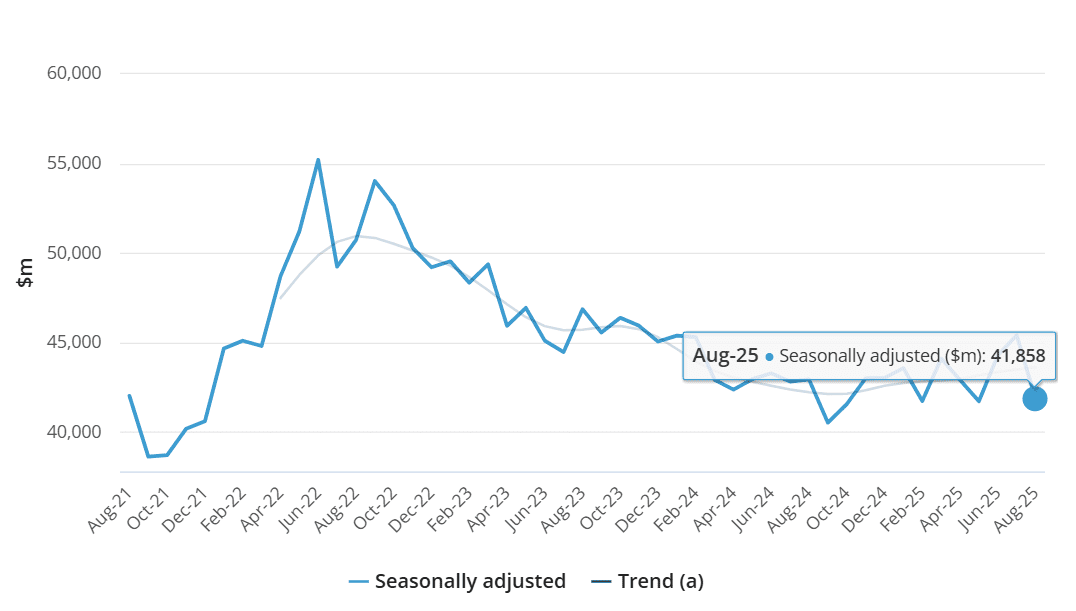
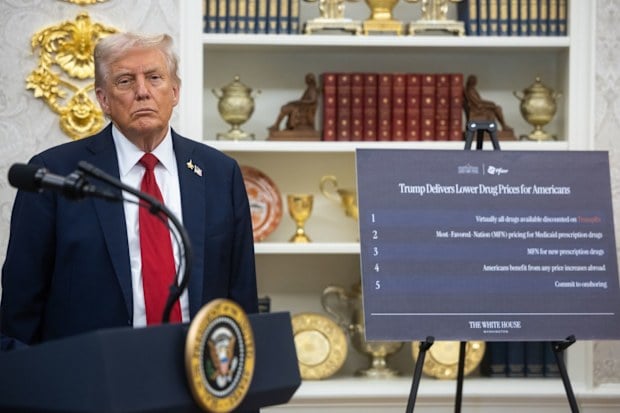
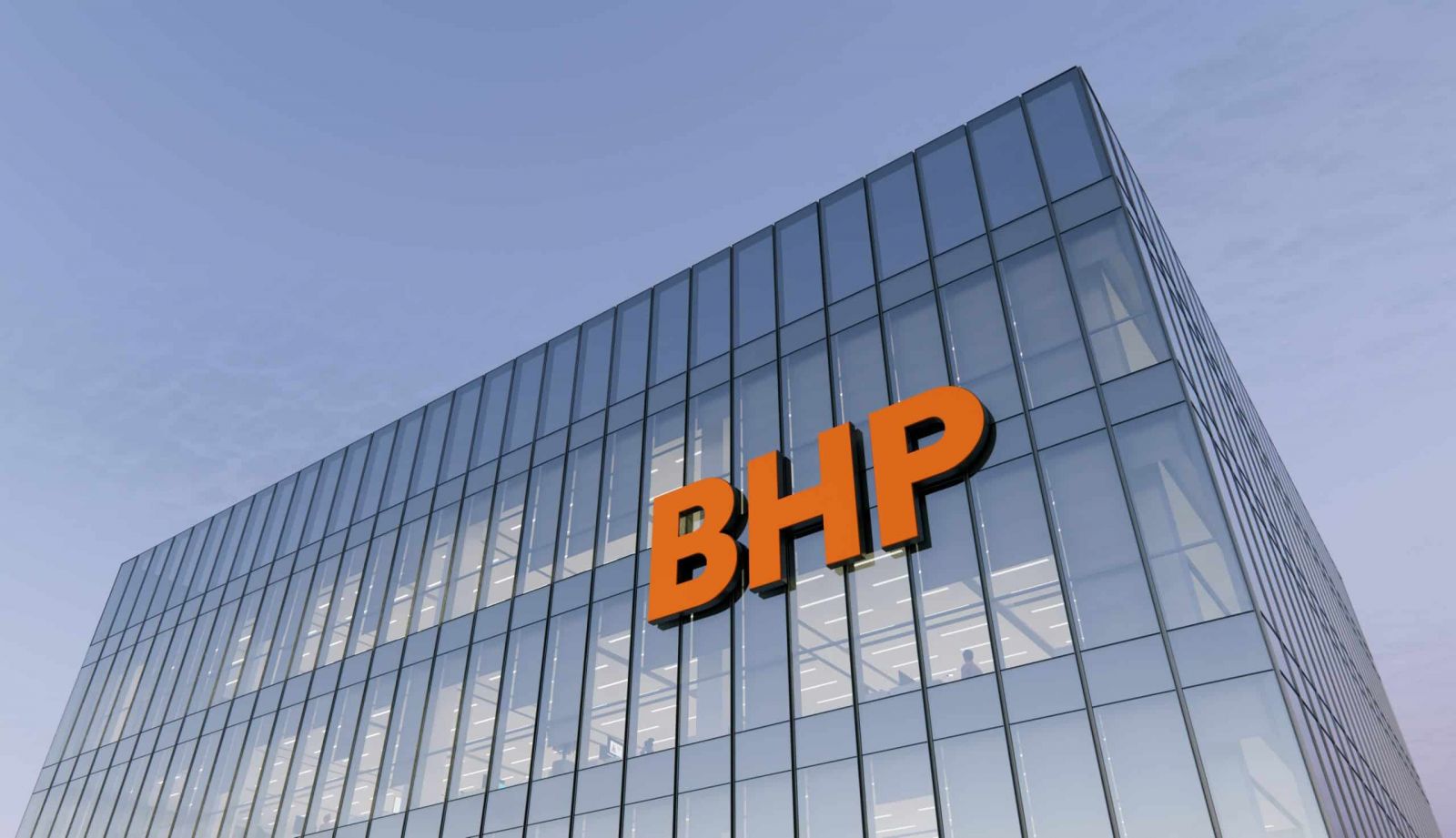
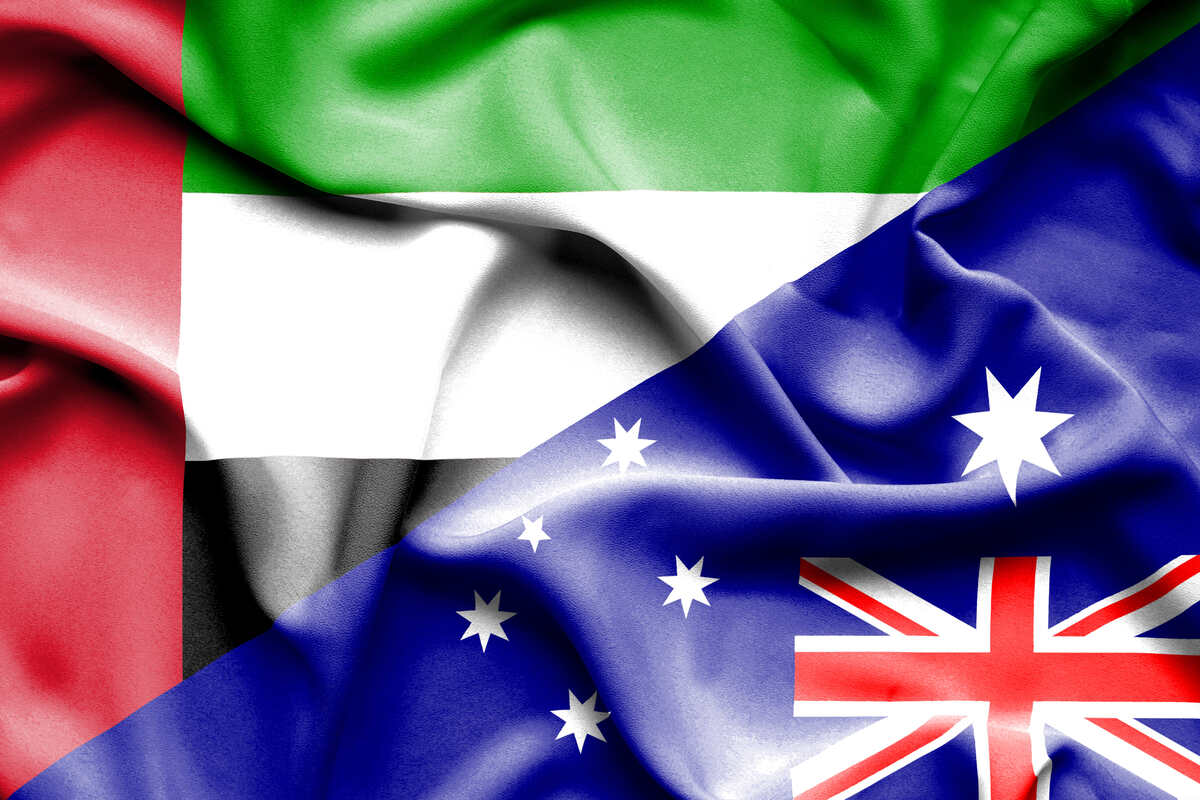
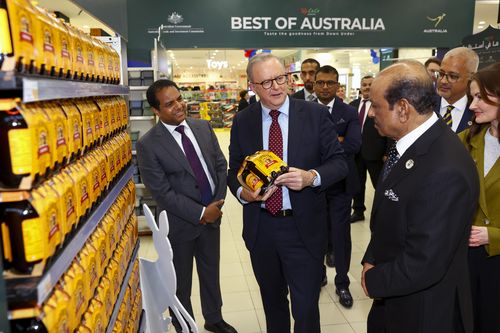


![[Photo] Prime Minister Pham Minh Chinh chairs meeting to deploy overcoming consequences of storm No. 10](https://vphoto.vietnam.vn/thumb/1200x675/vietnam/resource/IMAGE/2025/10/3/544f420dcc844463898fcbef46247d16)
![[Photo] Students of Binh Minh Primary School enjoy the full moon festival, receiving the joys of childhood](https://vphoto.vietnam.vn/thumb/1200x675/vietnam/resource/IMAGE/2025/10/3/8cf8abef22fe4471be400a818912cb85)





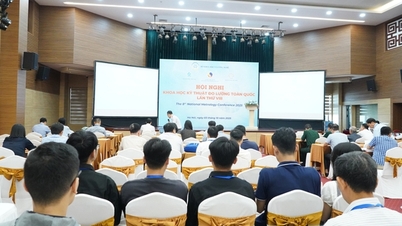

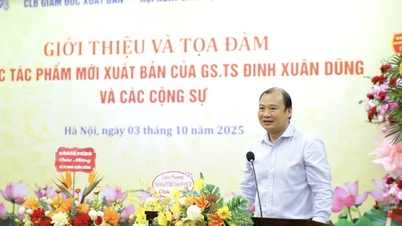
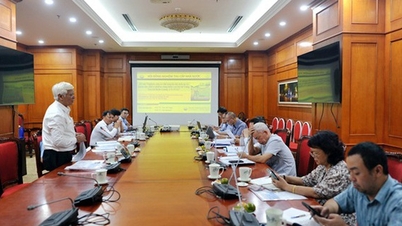










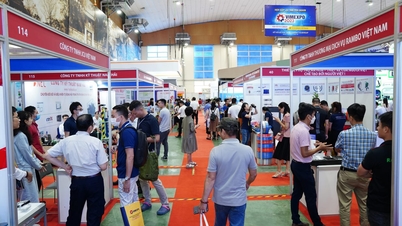






















































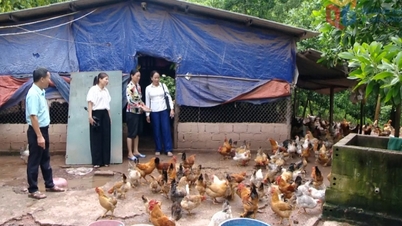
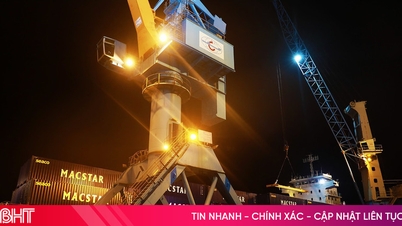
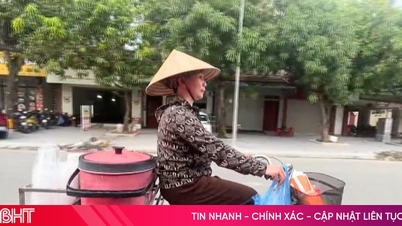












Comment (0)